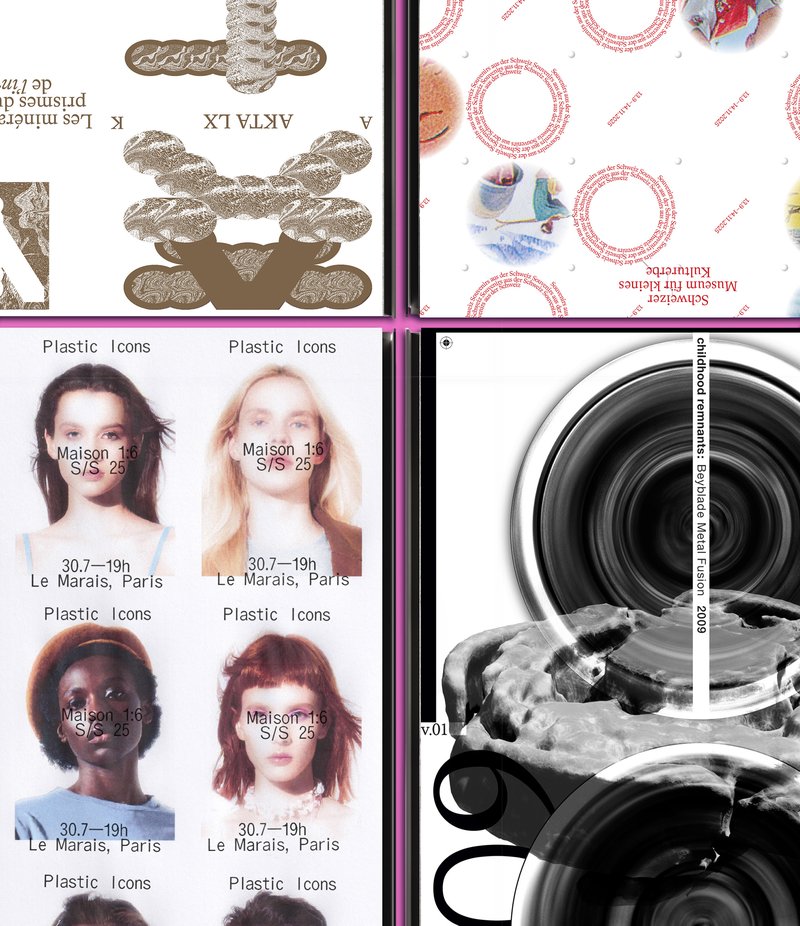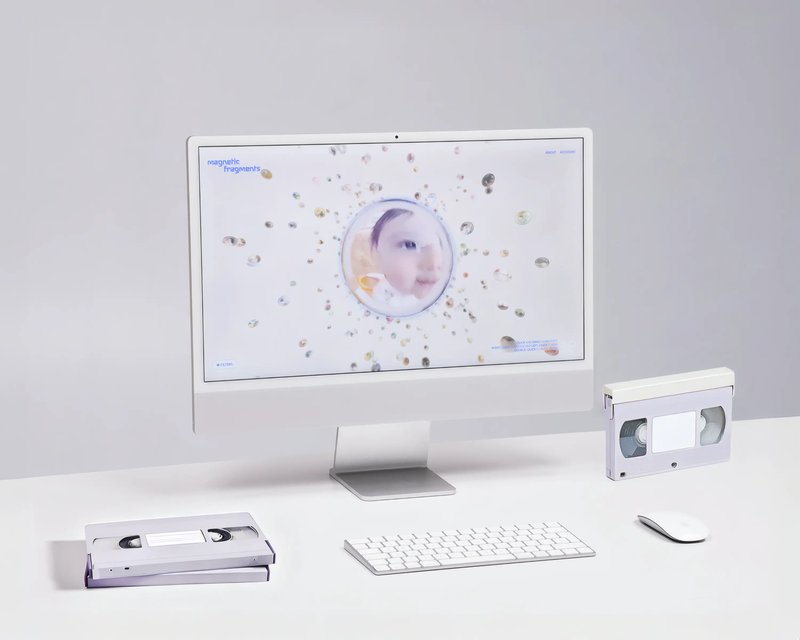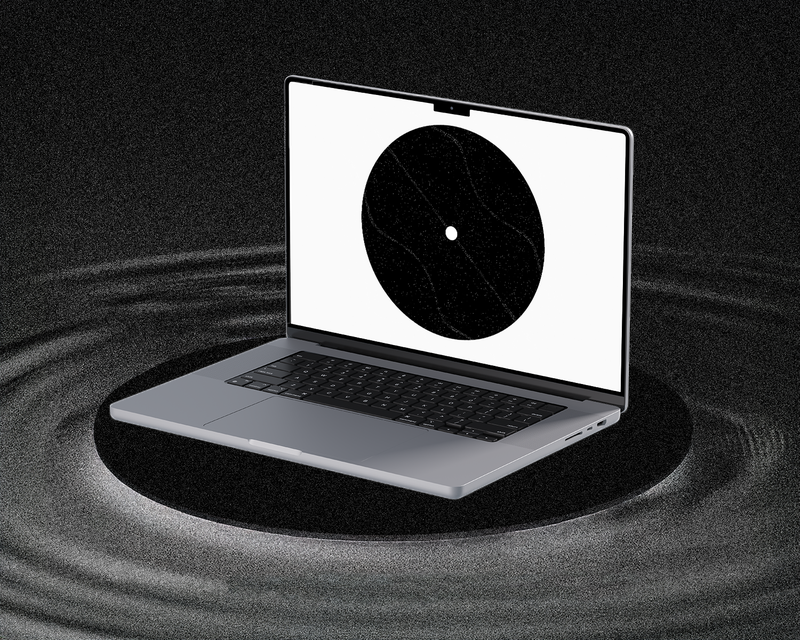
BA GRAPHIC DESIGN
Visual Identity BA1S2 – Collector
with Adeline Mollard
During the visual identity course with Adeline Mollard, the students had to develop an identity project promoting a collection chosen by them. Each project includes the design of a catalogue contextualising and presenting the collection, together with the design of a poster.









